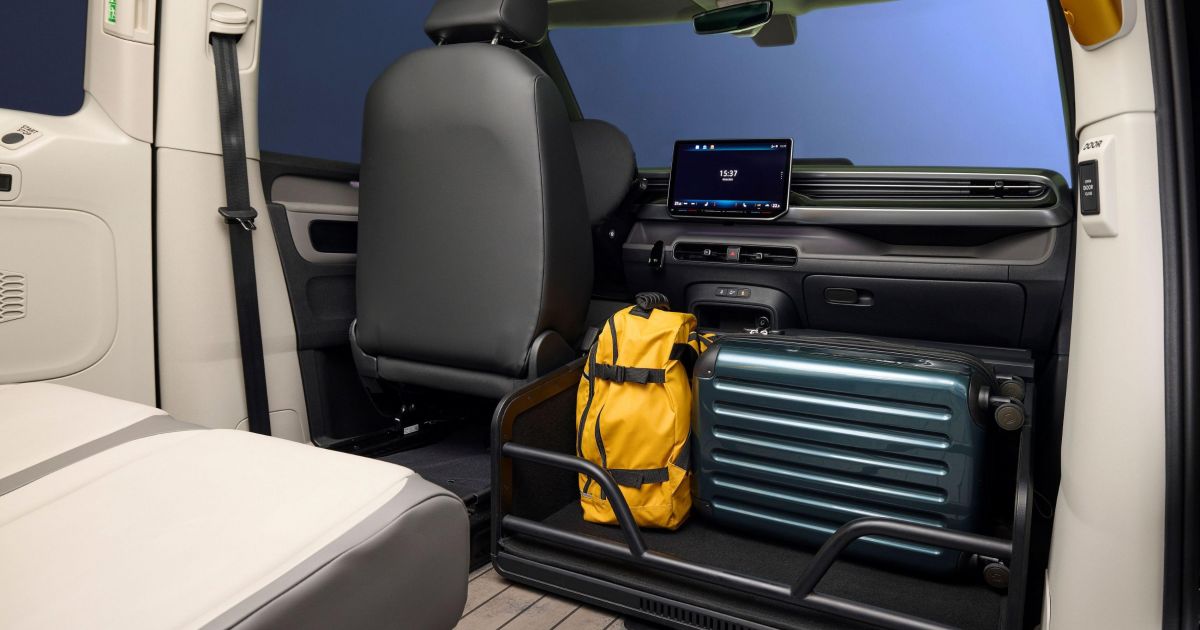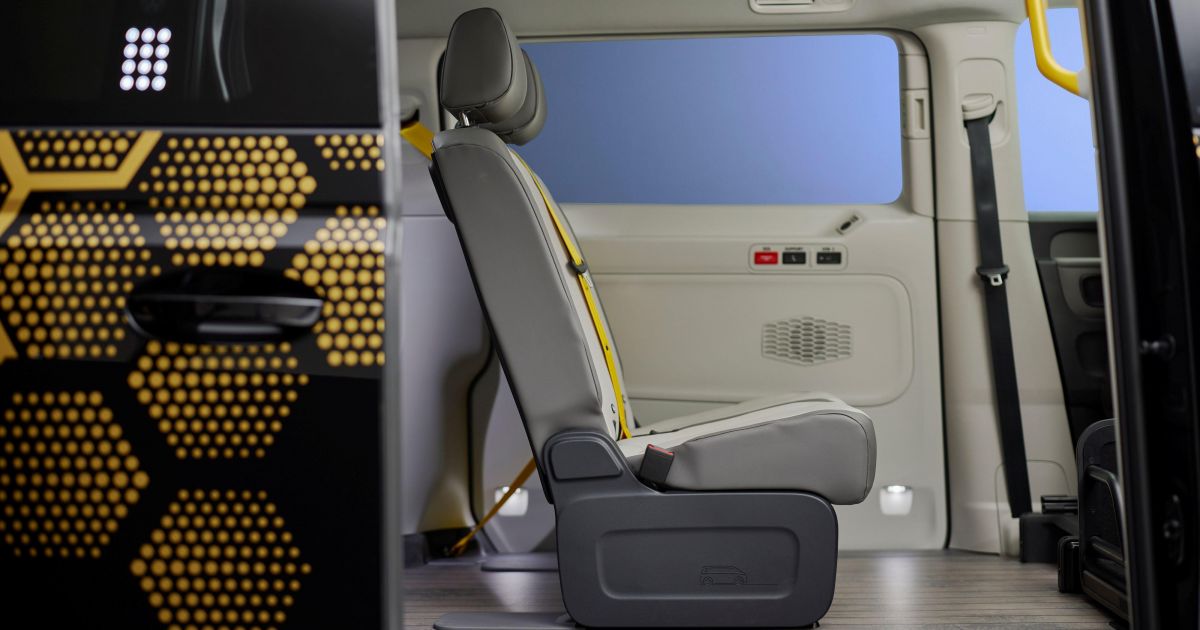The production-version of the self-driving Volkswagen ID. Buzz AD taxi has been unveiled, and the automaker is hoping to make it available for use in various markets across Europe and US from 2026.
Developed by the Volkswagen Group’s MOIA ride-sharing division, the ID. Buzz AD is a SAE Level 4 self-driving vehicle, meaning it drives itself by default, but there are controls for a human to use if the need arises.
It autonomous driving technology is from Mobileye, which uses an array of 27 sensors — 13 cameras, nine LIDAR units, and five radars — to generate a 360-degree view.
This is married to MOIA’s own Mobility as a Service (MaaS) platform that manages the robotaxi fleet, deals with passenger assistance and safety issues, and integrates into existing booking apps.
Hundreds of new car deals are available through CarExpert right now. Get the experts on your side and score a great deal. Browse now.
Volkswagen is looking to sell MOIA’s service platform and fleets of the ID. Buzz AD to municipalities, public transport agencies, and private operators looking to get into the ride-sharing and robotaxi scene.
This approach contrasts quite starkly with Google’s Waymo division, which is developing its own self-driving technology, and running its own robotaxi services in a growing number of cities in the US.
Volkswagen and MOIA have been developing the ID. Buzz AD since 2021, and the company originally targeted a launch for 2025. The company has been testing its robotaxi services in two German cities, with the public able to book rides in Hanover and Hamburg.
In a prepared statement, Oliver Blume, CEO of the Volkswagen Group, said: “With our fully autonomous complete solution, we are creating a mobility offering that is unique in this form: cities, municipalities, and fleet operators can provide autonomous mobility for all simply and reliably.”
Aside from the proliferation of cameras and sensors, the body work of the ID. Buzz is untouched. The production vehicle’s sensor pods, especially the roof-mounted unit, are much more slickly integrated into the body compared to the prototype models.
Unlike regular ID. Buzz models, which are available in either a two-row five-seat or three-row seven-seat configurations, the AD has a unique interior layout with two narrow seats in the second row, and a large passageway leading to two larger seats in the third row.
Each row of seats has SOS emergency stop and support call buttons, a USB-C charging port, and start/stop button. Vinyl seats and a hard floor should make the ID. Buzz robotaxi easy to clean.
There’s also a driver’s seat up front. If self-driving without human oversight is allowed by local regulations, the driver’s seat can be pushed and tilted forward, and the steering wheel covered. Regardless, the space normally occupied by the front passenger’s seat is replaced by a bounded cargo tray suitable for various types of luggage.




